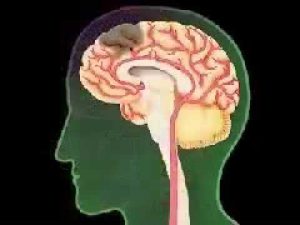A cerebral infarction is a necrotic part of the brain caused by a blockage or narrowing of the arteries that provide blood and oxygen to the brain. An ischemic stroke is caused by a lack of oxygen due to a lack of blood flow, which may lead to an infarction if blood flow is not restored within a short period of time. A thrombus, embolus, or atheromatous stenosis of one or more arteries may cause a blockage. Which arteries are causing problems may decide which brain regions are affected (infarcted). Different signs and outcomes will result from the various infarcts. Approximately one-third of the cases would be fatal.
Symptoms
The areas of the brain affected to assess the symptoms of cerebral infarction. Contralateral hemiparesis is said to occur when an infarct occurs in the primary motor cortex. Brain stem syndromes such as Wallenberg’s syndrome, Weber’s syndrome, Millard–Gubler syndrome, Benedikt syndrome, and others are common with brain stem localization.
Infractions can cause weakness and loss of feeling on the opposite side of the body. On physical examination of the brain, irregular pupil dilation, light response, and lack of eye movement on the opposite side will be discovered. Voice may be slurred if the infarction happens on the left side of the brain. Reflexes can also be exacerbated.
Treatment
Thrombolytic drugs were introduced in the treatment of cerebral infarction in the last decade, much as they were in the treatment of myocardial infarction. In patients who arrive at a stroke unit and can be thoroughly assessed within 3 hours of onset, intravenous rtPA therapy can be recommended.
If cerebral infarction is caused by a thrombus occluding blood flow to a brain artery, conclusive treatment aims to break down the clot (thrombolysis) or mechanically remove it (thrombectomy).
The faster blood flow to the brain is restored, the fewer brain cells die.

